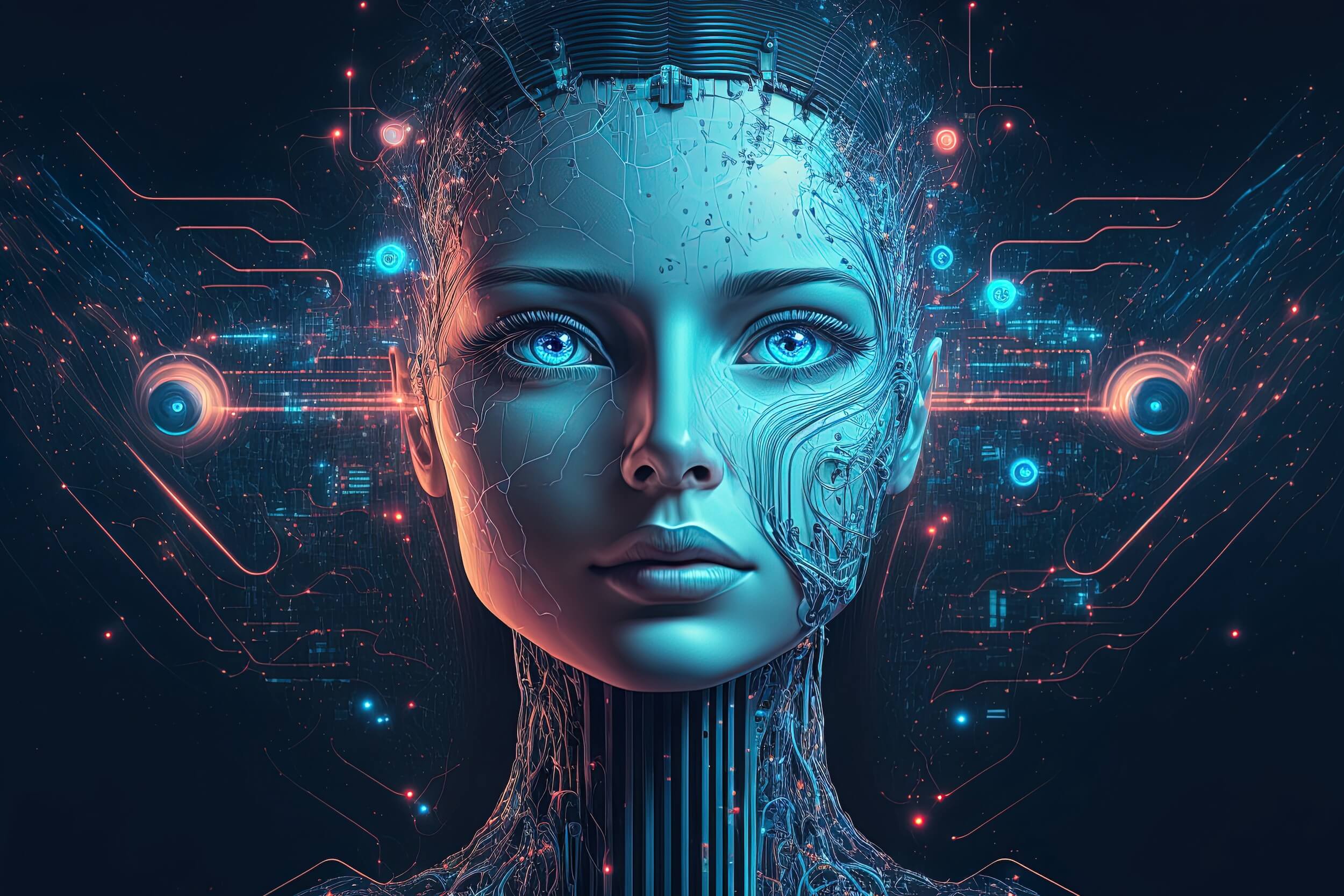5 September, 2024
Is life repeating itself? The period from about 1850 to 1930 saw extensive technological innovation in transport, electricity, communications and manufacturing. More specifically, this period had a similar vibe to ours. Things were moving very quickly.
The impact was seen as production and efficiency increased, prices lowered, improved wages and migration from rural areas to urban ones. Equally, there were some negative effects too, including but not limited to; cities being born and quickly becoming overcrowded (and dirty), low status of labourers, social conflicts, the end of craftsmanship and child labour. But more importantly, those who were reluctant to change ended up becoming obsolete.
The machines ultimately moved us from an agrarian economy to a manufacturing one. With the rise of the machines (AI), we will transform once again. So, we should all look to adapt and use these amazing innovations in our daily lives to help us automate tasks that we don’t need to do to get our time back.
Perhaps we will see a shift in our lifetime where we ultimately create a leisure economy as we all have more ‘leisure time’?
A New Industrial Revolution
We stand on the precipice of a new industrial revolution, one driven not by steam and coal, but by algorithms and data. AI is rapidly transforming industries, from healthcare to finance and its potential to revolutionise our lives is immense. Just as the first industrial revolution led to unprecedented economic growth and societal change, AI has the potential to reshape our world in unimaginable ways.
However, as history has shown, technological advancements are often accompanied by challenges. The rapid pace of AI development raises concerns about job displacement, economic inequality, and the potential misuse of technology. It is crucial to approach this era of technological transformation with both excitement and caution.
The Human Element
While AI has the potential to automate many tasks, it is essential to recognise the irreplaceable value of human creativity, empathy, and critical thinking. Rather than fearing job displacement, we should focus on how AI can augment human capabilities and create new opportunities. We can achieve scientific, medical and art breakthroughs by combining human ingenuity with AI’s computational power.
Moreover, it is imperative to ensure that AI’s benefits are distributed equitably. As we move towards an increasingly automated future, investing in education and training programs is essential to equip the workforce with the skills needed to thrive in the AI era.
A Call to Action
The rise of AI presents both challenges and opportunities. By learning from the past and embracing the future with open minds, we can harness the power of technology to create a better world for all. Fostering a culture of innovation, collaboration, and ethical responsibility is essential as we navigate this new frontier.
Ultimately, the success of the AI era will depend on our ability to balance technological advancement with human values. By working together to address the challenges and maximise the opportunities, we can shape a future where AI serves as a force for good.






